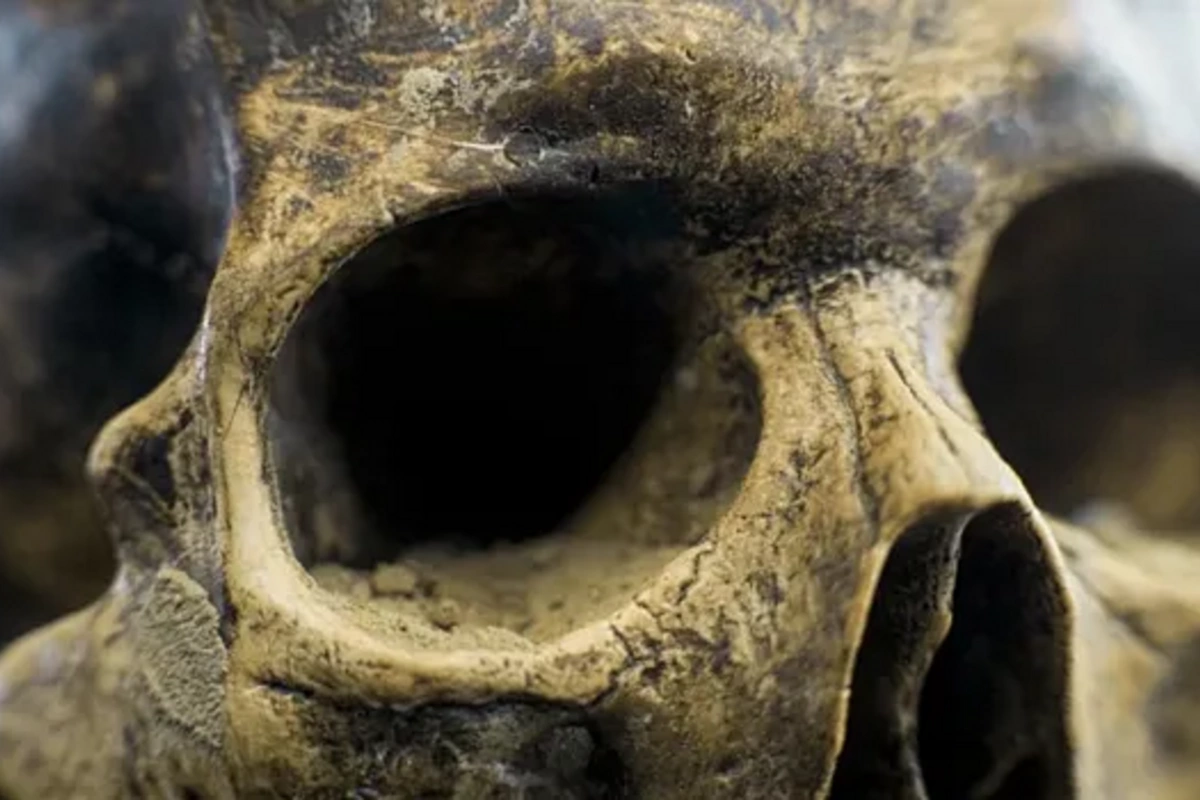Remains of an unknown human species discovered in Libya

An international team of paleogeneticists made an amazing discovery at the Takarori archaeological site in Libya. Scientists decoded the genetic material of ancient remains and identified a completely new population of humans previously unknown to science. According to the research, this unique genetic lineage separated from other African groups approximately 60,000 years ago.
The scientific team examined skeletal remains of several people buried about seven millennia ago. Special attention was paid to the genetic material of two women.
DNA analysis showed stunning results: the nuclear genomes of these ancient humans cannot be attributed to any known human population. The genetic profile of the discovered remains is most closely related to modern inhabitants of northwestern Africa. The results of this revolutionary research were published in the prestigious scientific journal Nature.
According to the scientists' hypothesis, the population represented by the found humans formed about 60,000 years ago. Surprisingly, more than 90% of these ancient people's genome is unique.
In the genomes of representatives of this unknown population, traces of Neanderthal DNA were also found, constituting approximately 0.15%. This is significantly less than in typical non-Africans, where the proportion of Neanderthal genes is 10 times higher – from 1.4% to 2.4%. Meanwhile, among peoples inhabiting territories of Africa south of the Sahara, Neanderthal genes are either completely absent or appeared much later as a result of migration processes.
Representatives of this mysterious population lived in the Sahara during the period when the desert was green – from 14,500 to 5,000 years ago. During this humid period, the Sahara was characterized by lush vegetation and rich wildlife, which created favorable conditions for the emergence of settlements of ancient hunters, fishermen, gatherers, and pastoralists.
Similar News
Zelensky summarized the results of negotiations with the United States
Ukraine and the USA are conducting negotiations in Berlin regarding the end of the conflict with Russia. So far, the parties have not reached an agreement on th...




 Azərbaycanca
Azərbaycanca  По-русски
По-русски  English
English 





